-
 Bitcoin
Bitcoin $116900
0.00% -
 Ethereum
Ethereum $4280
5.48% -
 XRP
XRP $3.265
-1.45% -
 Tether USDt
Tether USDt $1.000
-0.01% -
 BNB
BNB $807.0
1.41% -
 Solana
Solana $183.1
2.93% -
 USDC
USDC $0.9999
0.00% -
 Dogecoin
Dogecoin $0.2440
6.50% -
 TRON
TRON $0.3357
-0.88% -
 Cardano
Cardano $0.8178
2.63% -
 Hyperliquid
Hyperliquid $44.13
7.45% -
 Chainlink
Chainlink $21.39
9.09% -
 Stellar
Stellar $0.4524
-0.84% -
 Sui
Sui $3.957
2.13% -
 Bitcoin Cash
Bitcoin Cash $572.7
-2.54% -
 Hedera
Hedera $0.2671
1.54% -
 Avalanche
Avalanche $24.77
4.17% -
 Ethena USDe
Ethena USDe $1.001
0.02% -
 Litecoin
Litecoin $122.3
-1.94% -
 Toncoin
Toncoin $3.432
2.26% -
 UNUS SED LEO
UNUS SED LEO $9.007
0.49% -
 Shiba Inu
Shiba Inu $0.00001396
5.26% -
 Uniswap
Uniswap $11.09
1.64% -
 Polkadot
Polkadot $4.155
4.57% -
 Dai
Dai $1.000
0.00% -
 Pepe
Pepe $0.00001253
5.11% -
 Cronos
Cronos $0.1588
2.67% -
 Bitget Token
Bitget Token $4.512
0.05% -
 Monero
Monero $275.0
0.64% -
 Ethena
Ethena $0.7527
15.10%
Does Bitcoincoin have a white paper? What is the technical principle?
Dogecoin, created in 2013, lacks a white paper but uses Litecoin's codebase, Scrypt algorithm, and has a 1-minute block time with an inflationary supply model.
May 11, 2025 at 05:49 pm
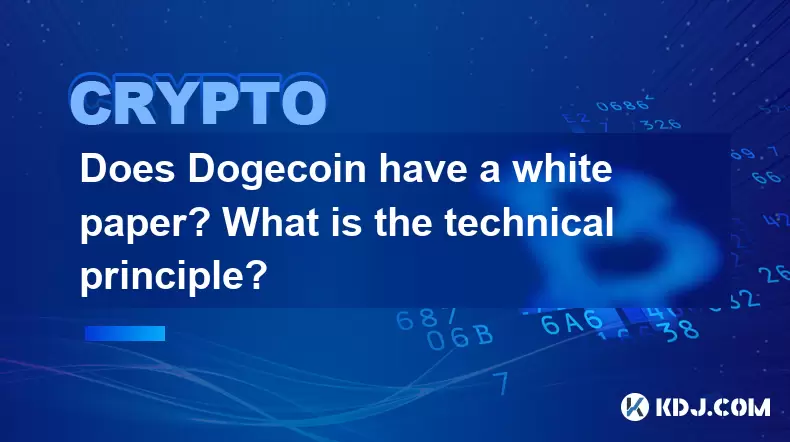
The question of whether Dogecoin has a white paper and what its technical principles are is a common inquiry among cryptocurrency enthusiasts. Dogecoin, often referred to as the "meme coin," was created in 2013 by Billy Markus and Jackson Palmer. Unlike many other cryptocurrencies, Dogecoin does not have a traditional white paper. Instead, its creation was inspired by the existing codebase of Litecoin, which itself is a fork of Bitcoin. This article will delve into the reasons behind the absence of a white paper for Dogecoin and explore its technical principles in detail.
The Absence of a White Paper
Dogecoin's lack of a white paper is a unique aspect of its creation. The founders of Dogecoin, Billy Markus and Jackson Palmer, did not intend to create a serious cryptocurrency with a detailed technical document. Instead, Dogecoin was born out of a desire to create a fun and accessible cryptocurrency that could be used for tipping and small transactions. The absence of a white paper reflects the lighthearted and community-driven nature of Dogecoin.
Technical Principles of Dogecoin
While Dogecoin does not have a white paper, its technical principles are well-documented and closely aligned with those of Litecoin. Dogecoin uses the Scrypt algorithm for its proof-of-work consensus mechanism, which is the same algorithm used by Litecoin. This choice of algorithm was made to make mining more accessible to a broader audience, as Scrypt is less susceptible to ASIC mining dominance compared to Bitcoin's SHA-256 algorithm.
Block Time and Supply
One of the key technical differences between Dogecoin and Bitcoin is the block time. Dogecoin has a block time of one minute, compared to Bitcoin's ten minutes. This faster block time allows for quicker transaction confirmations, making Dogecoin more suitable for small, everyday transactions. Additionally, Dogecoin has a different approach to its total supply. Unlike Bitcoin, which has a capped supply of 21 million coins, Dogecoin has an inflationary supply model with an annual inflation rate of approximately 5 billion coins per year after reaching 100 billion coins.
Mining and Network Security
Dogecoin's mining process is similar to that of Litecoin, utilizing the Scrypt algorithm. Miners compete to solve complex mathematical problems to validate transactions and add them to the blockchain. The reward for mining a block in Dogecoin is currently set at 10,000 DOGE, and this reward halves every 100,000 blocks, similar to Bitcoin's halving mechanism. The security of the Dogecoin network is maintained by the collective computational power of its miners, ensuring the integrity of the blockchain.
Transaction Fees and Use Cases
Dogecoin's transaction fees are typically very low, making it an attractive option for microtransactions. The average transaction fee for Dogecoin is a fraction of a cent, which is significantly lower than that of Bitcoin or Ethereum. This low fee structure has led to Dogecoin being used for tipping content creators, charitable donations, and even as a payment method for goods and services. The community-driven nature of Dogecoin has fostered a culture of generosity and fun, with many users engaging in "Doge tipping" on social media platforms.
Community and Development
The Dogecoin community plays a crucial role in its development and adoption. Dogecoin's development is driven by a team of volunteers who work to improve the protocol and address any issues that arise. The community's enthusiasm and support have been instrumental in Dogecoin's growth and popularity. Events like "Doge Day" and various charitable initiatives have helped to strengthen the community and promote the use of Dogecoin.
Dogecoin's Technical Specifications
To provide a comprehensive understanding of Dogecoin's technical principles, it is essential to outline its key specifications. Dogecoin operates on a decentralized peer-to-peer network, utilizing the Scrypt algorithm for mining. The blockchain is maintained by a network of nodes that validate and record transactions. The total supply of Dogecoin is uncapped, with an initial supply of 100 billion coins and an annual inflation rate of approximately 5 billion coins per year. The block time is set at one minute, and the block reward is currently 10,000 DOGE, with halving events occurring every 100,000 blocks.
Comparison with Other Cryptocurrencies
Understanding Dogecoin's technical principles also involves comparing it to other cryptocurrencies. Dogecoin shares many similarities with Litecoin, as it was forked from Litecoin's codebase. Both use the Scrypt algorithm and have faster block times compared to Bitcoin. However, Dogecoin's inflationary supply model sets it apart from both Litecoin and Bitcoin, which have capped supplies. Additionally, Dogecoin's community-driven approach and focus on fun and accessibility differentiate it from more serious cryptocurrencies.
Frequently Asked Questions
Is Dogecoin a good investment?
The investment potential of Dogecoin is a topic of much debate. While some view it as a speculative asset with high volatility, others see it as a fun and community-driven cryptocurrency with potential for growth. It is essential for investors to conduct thorough research and consider their risk tolerance before investing in Dogecoin.Can Dogecoin be used for everyday transactions?
Yes, Dogecoin can be used for everyday transactions due to its low transaction fees and fast confirmation times. Many merchants and service providers accept Dogecoin as a payment method, and it is commonly used for tipping and small purchases.How does Dogecoin's mining difficulty adjust?
Dogecoin's mining difficulty adjusts every block to maintain a consistent block time of one minute. The difficulty adjustment algorithm is similar to that of Litecoin, ensuring that the network remains secure and efficient.What role does the Dogecoin community play in its development?
The Dogecoin community is integral to its development and adoption. Volunteers contribute to the codebase, organize events, and promote the use of Dogecoin. The community's enthusiasm and support have been crucial in driving Dogecoin's growth and popularity.
Disclaimer:info@kdj.com
The information provided is not trading advice. kdj.com does not assume any responsibility for any investments made based on the information provided in this article. Cryptocurrencies are highly volatile and it is highly recommended that you invest with caution after thorough research!
If you believe that the content used on this website infringes your copyright, please contact us immediately (info@kdj.com) and we will delete it promptly.
- Trump, Nasdaq, and Token Treasury: WLFI's $1.5B Gambit
- 2025-08-10 06:50:12
- Trump, Nasdaq, and Token Treasury: WLFI's $1.5B Play
- 2025-08-10 06:30:11
- Coinbase, DEX Trading, and Base Network: A New Era for Crypto?
- 2025-08-10 06:30:11
- Block Inc., Bitcoin, and Mining Chips: Reshaping Digital Finance, New York Style
- 2025-08-10 06:50:12
- Stablecoin Surge Ignites Altcoin Investment Hunt: What's Hot Now?
- 2025-08-10 06:55:16
- Penny Crypto Dreams: Can XRP Reach $10,000? A Look at LILPEPE and the Meme Coin Mania
- 2025-08-10 04:50:11
Related knowledge
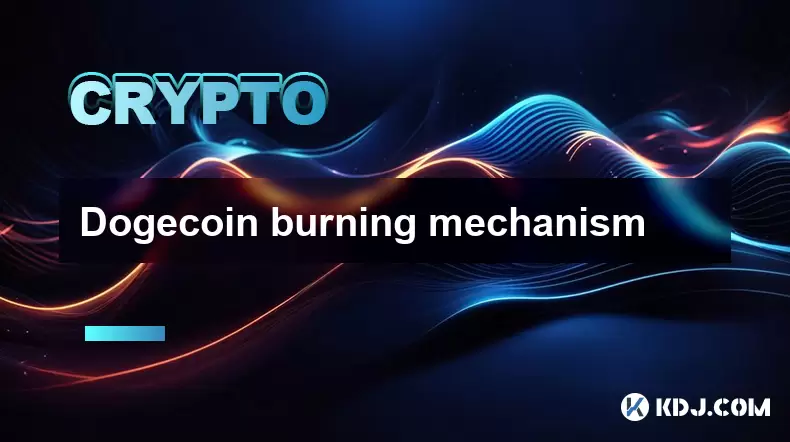
Bitcoincoin burning mechanism
Jul 20,2025 at 09:21pm
What is the Dogecoin burning mechanism?The Dogecoin burning mechanism refers to the process of permanently removing DOGE tokens from circulation by se...

How to earn free Bitcoincoin?
Jul 19,2025 at 10:08pm
What is Dogecoin and Why Earn It?Dogecoin (DOGE) started as a meme-based cryptocurrency in 2013 but has grown into a widely recognized digital asset. ...

Is Coinbase a good wallet for Bitcoincoin?
Jul 19,2025 at 04:42pm
Understanding Coinbase as a Wallet Option for DogecoinWhen considering where to store Dogecoin, Coinbase is often mentioned as a potential option due ...
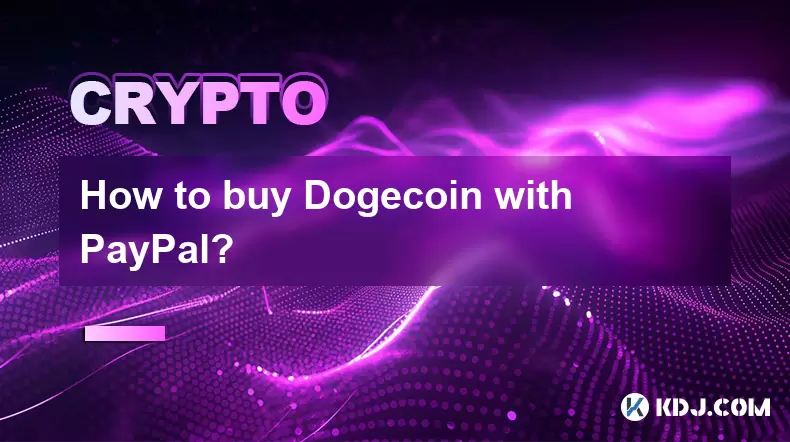
How to buy Bitcoincoin with PayPal?
Jul 23,2025 at 06:57am
Understanding the Basics of Buying DogecoinBefore diving into the process of buying Dogecoin with PayPal, it’s essential to understand what Dogecoin i...
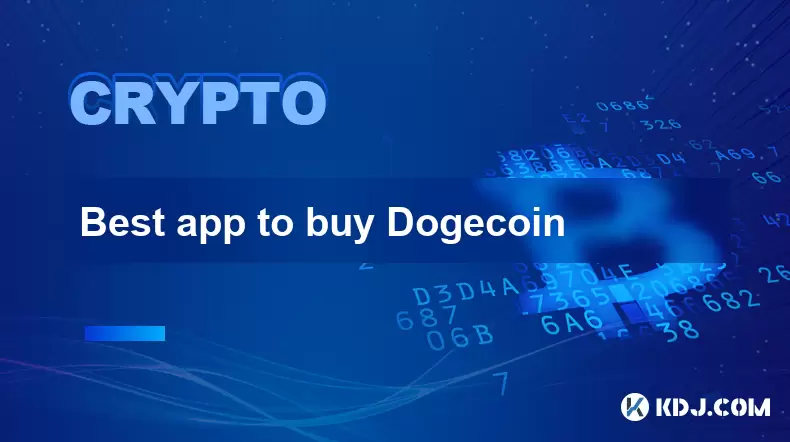
Best app to buy Dogecoin
Jul 23,2025 at 03:08pm
What Is a Cryptocurrency Exchange and How Does It Work?A cryptocurrency exchange is a digital marketplace where users can buy, sell, or trade cryptocu...
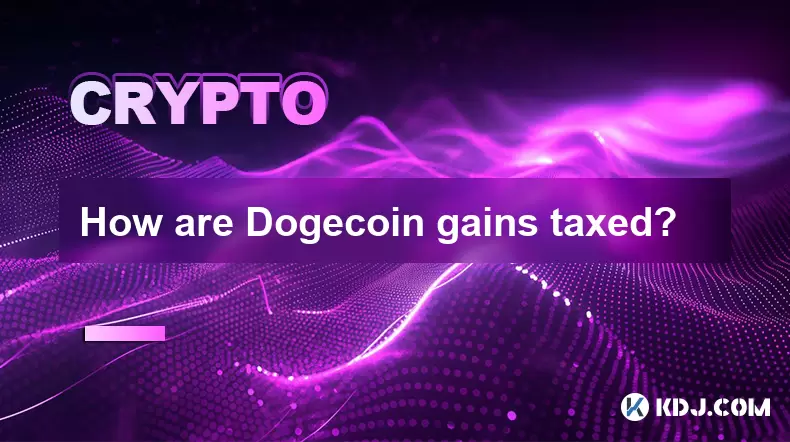
How are Dogecoin gains taxed?
Jul 25,2025 at 07:01am
Understanding the Taxation of Dogecoin GainsWhen it comes to Dogecoin (DOGE), many investors are drawn to its meme-inspired branding and volatile pric...

Bitcoincoin burning mechanism
Jul 20,2025 at 09:21pm
What is the Dogecoin burning mechanism?The Dogecoin burning mechanism refers to the process of permanently removing DOGE tokens from circulation by se...

How to earn free Bitcoincoin?
Jul 19,2025 at 10:08pm
What is Dogecoin and Why Earn It?Dogecoin (DOGE) started as a meme-based cryptocurrency in 2013 but has grown into a widely recognized digital asset. ...

Is Coinbase a good wallet for Bitcoincoin?
Jul 19,2025 at 04:42pm
Understanding Coinbase as a Wallet Option for DogecoinWhen considering where to store Dogecoin, Coinbase is often mentioned as a potential option due ...

How to buy Bitcoincoin with PayPal?
Jul 23,2025 at 06:57am
Understanding the Basics of Buying DogecoinBefore diving into the process of buying Dogecoin with PayPal, it’s essential to understand what Dogecoin i...

Best app to buy Dogecoin
Jul 23,2025 at 03:08pm
What Is a Cryptocurrency Exchange and How Does It Work?A cryptocurrency exchange is a digital marketplace where users can buy, sell, or trade cryptocu...

How are Dogecoin gains taxed?
Jul 25,2025 at 07:01am
Understanding the Taxation of Dogecoin GainsWhen it comes to Dogecoin (DOGE), many investors are drawn to its meme-inspired branding and volatile pric...
See all articles

























































































